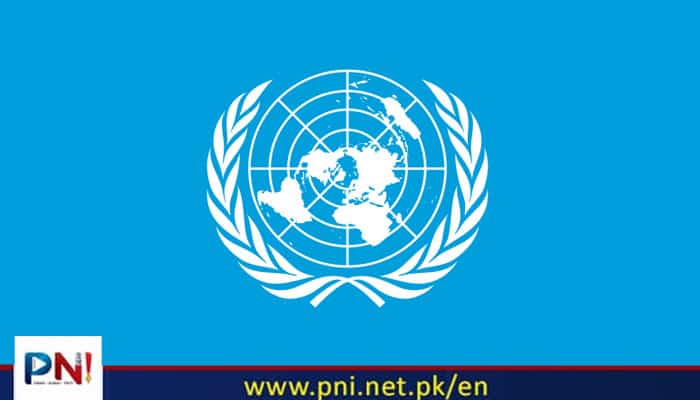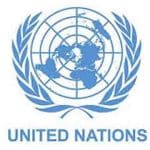UNITED NATIONS, Jul 02 (APP):: “Chaos and panic” are spreading in southern Gaza where an estimated 250,000 people are set to be impacted by new Israeli military evacuation orders from Khan Younis in the war-ravaged enclave, UN humanitarian officials warned Tuesday.
In an alert detailing another night of Israeli military’s heavy bombardment across the enclave, the UN agency assisting Palestine refugees, UNRWA, said that Gazans fleeing the southern city have had to erect shelters at the water’s edge because displacement camps are already packed at the coast.
Only a few weeks ago, Khan Younis was deserted after intense Israeli bombardment damaged or destroyed homes and buildings, but families with few other options went there after Israeli Defense Forces (IDF) moved into Rafah at the beginning of May, UNRWA’s Communications officer Louise Wateridge said.
Those forced to move now had a series of “impossible” decisions to make, she added.
“How do parents decide where to go; where is there to go? Already by this morning, just to the middle Gaza area, along the coastal road, you can see the makeshift shelters right up to the shoreline, right up to the water coming in. It is absolutely packed with families who have already had to move.”
The UNRWA officer noted that heavy bombardment has continued “in the north, middle and south areas of the Gaza Strip…no place is safe. Already on the ground, we are seeing families move away from this area. There is more chaos and panic spreading on the ground.”
Despite a lack of fuel and safety, Ms. Wateridge insisted that the UN agency has continued to deliver water, food parcels, flour, nappies, mattresses, tarpaulins and healthcare.
“But it is becoming almost impossible for the UN to provide any kind of response due to the Israeli imposed siege…and now further displacement orders that once again impact our access to the Kerem Shalom border crossing to receive aid”.
Echoing deep concerns about the lack of aid reaching Gaza, the UN World Health Organization (WHO) highlighted how the lack of fuel deliveries has “significantly compromised” care in the enclave.
Gaza’s healthcare sector alone requires 80,000 litres of fuel every day to function but only 195,000 to 200,000 litres last arrived at the end of June; “since then, no fuel has entered Gaza” via Kerem Shalom, said Dr Hanan Balkhy, regional director for the Eastern Mediterranean.
Speaking from Jerusalem via video link, the WHO official explained that the shipment had to be shared by all sectors including water, sanitation and hygiene (WASH) requiring 70,000 litres a day.
“As a result, hospitals are once again short on fuel, risking disruption to critical services are injured people are dying because ambulance services are facing delays due to shortage of fuel,” Dr Balkhy said, adding that a lack of gasoline and diesel were also affecting essential water and sanitation services such as water, delivery, sewage pumping and waste collection.
From 15 to 23 June the water and sanitation cluster received less than five per cent of the fuel required daily to keep services running and as a result, water service providers “are forced to ration operations of municipal groundwater wells and the two working water desalination plants, reducing water production even more”.
This is “significantly contributing to the spread of diseases”, the WHO official continued, highlighting concerning spikes in the number of adults and children suffering from waterborne diseases such as hepatitis A, diarrhoea, skin conditions and others.
Follow the PNI Facebook page for the latest news and updates.







